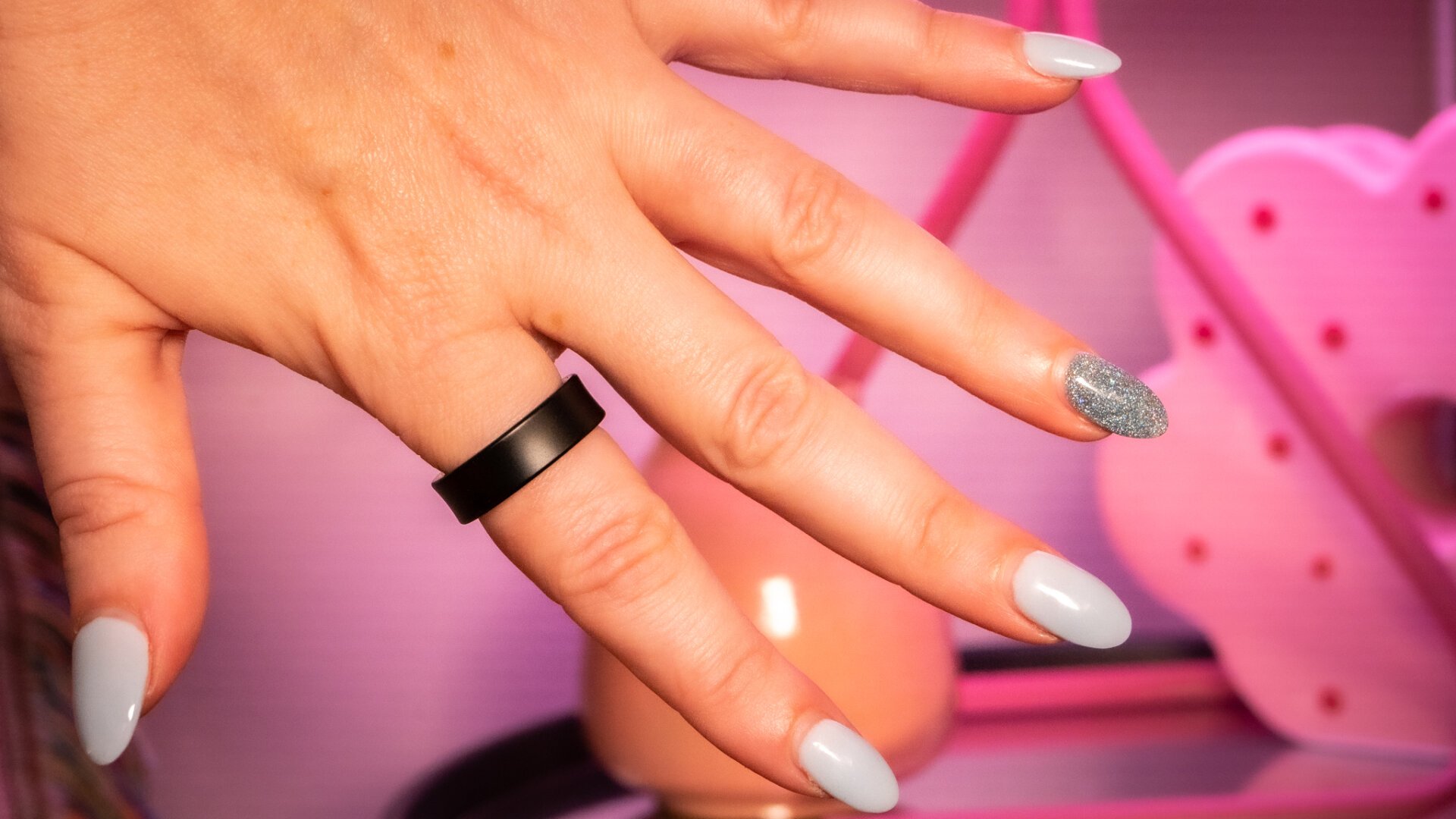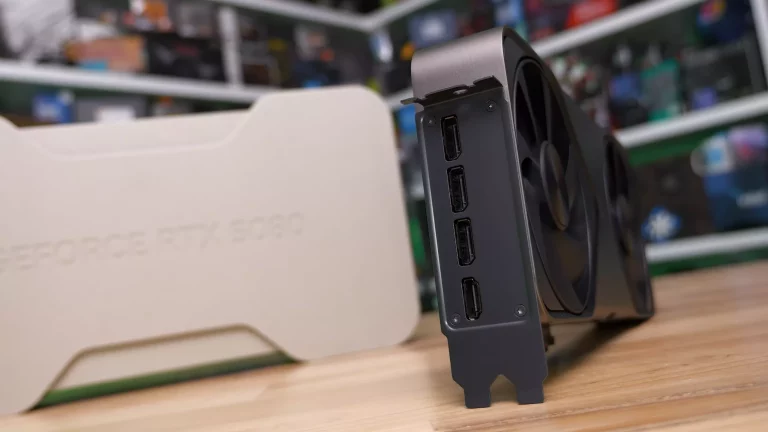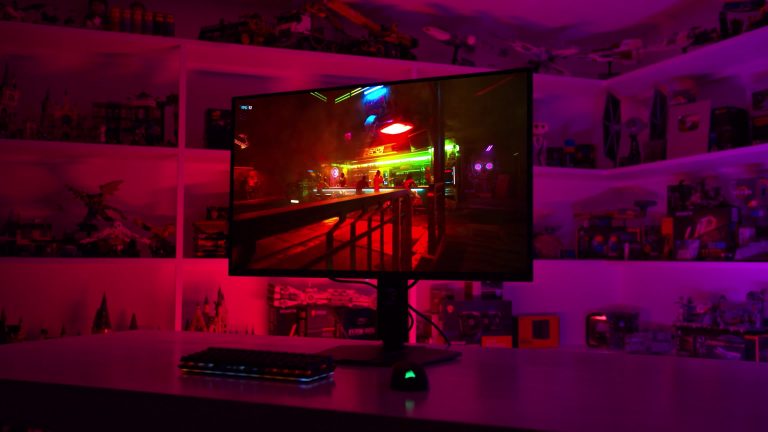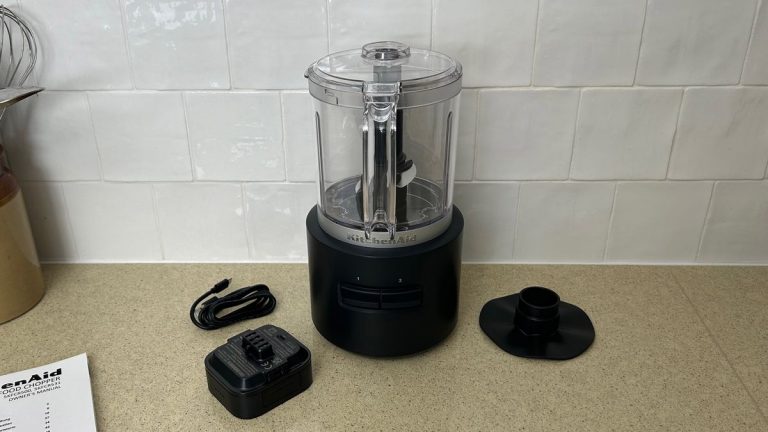Don’t Rush to Buy the Samsung Galaxy Ring

There’s plenty to say about Samsung’s new wearable, the Galaxy Ring. It’s a low-key way to track heart health, blood oxygen levels, and sleep metrics without wearing a honker of a smartwatch. It’s water-resistant enough to take swimming, and if you ovulate, the ring, coupled with Samsung Health, can better predict your cycle based on variance in skin temperature. But wearing the ring and getting its benefits depends on whether you get the correct size from the get-go.
I wrote about my experience sizing for the Galaxy Ring for its initial launch. I mentioned that I was severely bloated when Samsung fitted me with the kit at an event. The ring they had sized for me was nearly three sizes bigger than I usually wear on my ring finger. (I skipped wearing my wedding rings that day because I felt uncomfortably swollen. I was in no state to be sized for a ring.)
When Samsung sent Gizmodo’s Galaxy Ring review unit in size 10, it was just as I expected. The ring was loose on all ten of my fingers, including both thumbs. I set up the ring anyway, expecting I’d balloon up again enough to justify the size. I wore it for a day and a night. My fingers stayed slender.
The morning after, I’d noticed that I’d been clutching onto the Galaxy Ring in my sleep. By the afternoon, I wasn’t gesturing as freely as usual while wearing it because it felt too loose. So, I took it off and emailed Samsung to swap me out for a smaller size.
Getting the right size for the Galaxy Ring is crucial for the different sensors to get accurate readings.
I requested a size 9 Galaxy Ring, which is still two sizes bigger than I usually wear. But I’ve had some experience wearing a smart ring in a size 8, and that one felt a bit tight a few times during the month. I recall what the Samsung representative told me while I was getting the fitting: the Galaxy Ring should be somewhat snug if you try to take it off without feeling like it’s cutting off the circulation to your finger.
Size 9 doesn’t feel as loose as size 10. It is summertime in the northern hemisphere, and the heat has increased my baseline, so there’s enough meat there to keep the ring on. I felt nervous swimming with the Galaxy Ring after my fingers shriveled in the pool, and I could feel the device sliding around. But the second size I requested for daily wear seems to be the right fit otherwise. I also typically wear rings loosely because I know that I have room to expand.

Can you tell which finger is wearing a size ten and which is wearing a size 9?
I share this parable because sizing is crucial to wearing a smart ring. If you’re uncomfortable wearing it, it’s an expensive dud; you won’t want to wear it to sleep or to work out, and you’ve wasted your money. Unlike a gold ring, which can be trimmed and expanded, most smart rings are one particular size, which is why they’re also not sold in half sizes. Smart ring brands offer sizing kits before sending you the product to encourage you to spend several days wearing different sizes before calling in your fit. When I asked Samsung about this scenario at my hands-on, explaining that I’d sized so highly because of my water retention, they shared the same sentiment: wear the ring in different sizes for at least 24 hours before committing to a number.
I mentioned last week that the return policy for the Galaxy Ring on Samsung.com would be 30 days. But take it from me that it’s a hassle to swap rings for different sizes. If you’re buying the Galaxy Ring and you fluctuate in size, order closer to when you typically puff up so that you can use the sizing kit and give yourself at least two nights of sleep with it.
More coming on the Galaxy Ring

The Galaxy Ring charging case lights up to indicate its battery capacity.
I’ve only adequately worn the ring for two days. It’s been comfortable to wear at night and throughout the work day while typing at my computer. I’ve washed dishes with it on and pushed a broom. I mostly wear it on my index finger, though I prefer it on my thumb when exercising. I’m not keen on wearing it on the yoga mat or with dumbbell exercises; it’s the same way I feel about wearing any jewelry to the gym.
I mentioned I wore it during a day of activity, including for a small hike with my kid and to swim laps at the pool. The Galaxy Ring caught on both times that I was moving my body enough to track the activity. But since there’s no display on the device, the prompt for it appeared on my phone, and it wasn’t until I went to check it after I finished the respective workouts that I noticed I could log them in Samsung Health. My lap swim session initially showed up as a walk, and though I was able to swap it out after the fact for the actual swimming workout, it only logged me as doing so for 39 seconds.
I also noticed that if I wear the Galaxy Ring with another third-party wearable, the data is consolidated when it hits Google Fit. Granted, I’m still figuring out some of the nuances around this since I’m also using a third-party Android app called Health Sync to keep track of the data from the different wearables on Android. It’s the trade-off for being able to wear whatever wearable I like when I want.
I’m holding off on a full review of the Samsung Galaxy Ring to aggregate more data and see if there are real rewards to reap from only wearing a smart ring. This is my first full-time experience with one, and I’d be doing you, dear reader, a disservice by rushing it. I’d like to see how the Galaxy Ring performs alongside other devices—I have a few competitors on the way—and if there are actual benefits to having both the Galaxy Ring and a Galaxy Watch on simultaneously. For now, I’m digging the easy way to track my sleep and daily steps around the house without wearing a smartwatch to garner the same numbers.
Source: gizmodo.com






